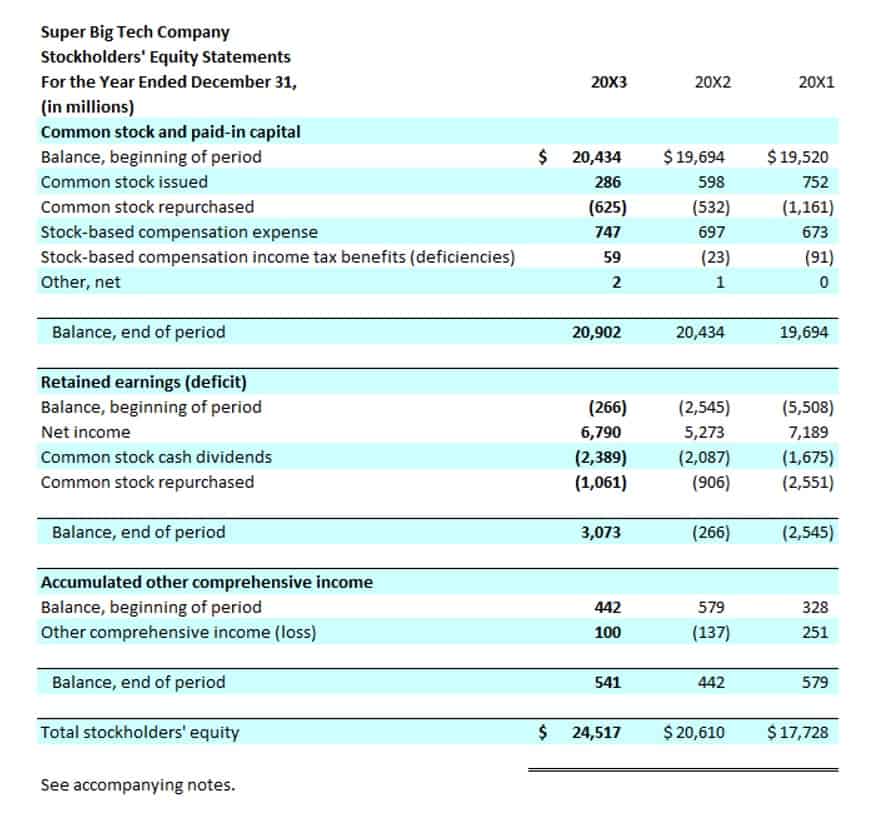
Legal compliance dictates retention periods for records, varying by document type and jurisdiction. For example, the IRS generally requires tax-related documents to be recording transactions in accounting kept for seven years, while the Sarbanes-Oxley Act mandates retention of audit-related records for the same duration. Non-compliance with these requirements can result in legal penalties and hinder audit readiness. The net of the asset and its related contra asset account is referred to as the asset’s book value or carrying value. (Some corporations have preferred stock in addition to their common stock.) Shares of common stock provide evidence of ownership in a corporation.
How to Make a Journal Entry

Timely reconciliations help prevent financial misstatements and enhance the reliability of financial reporting. Under the accrual method of accounting, a business is to report all of the revenues (and related receivables) that it has earned during an accounting period. A business may have earned fees from having provided services to clients, but the accounting records do not yet contain the revenues or the receivables. If that is the case, an accrual-type adjusting entry must be made in order for the financial statements to report the revenues and the related receivables. The interplay between journals and ledgers is a continuous cycle of recording and organizing financial data. This systematic approach allows for the aggregation of financial information into meaningful reports and statements.
- The electronic accuracy also eliminates the errors that had occurred when amounts were manually written, rewritten and calculated.
- These include accrued and deferred items, such as unearned revenue or prepaid expenses, ensuring compliance with the matching principle.
- Internal controls, such as segregation of duties and approval processes, help in preventing errors and fraud.
- They are the financial events that occur within a company, and they are recorded in the company’s accounting system.
- When there is only one account debited and one credited, it is called a simple journal entry.
- This diligence is crucial for financial stewardship, as accurate records support informed decision-making and help in identifying and addressing any discrepancies or irregularities.
- However, it involves a comprehensive process that includes several steps.
Step 5. Analyze the worksheet
The purpose of an accounting journal is record business transactions and keep a record of all the company’s financial events that take place during the year. An accounting ledger, on the other hand, is a listing of all accounts in the accounting system along with their balances. Automation has changed the accounting process, making it faster, more accurate, and far less manual. In the past, businesses relied on single-entry accounting and manual data entry, which was time-consuming and prone to errors.
- This is because the software will automatically update Accounts Payable.
- Equity represents the residual value of a company’s assets after its liabilities are subtracted.
- To reduce the normal credit balance in stockholders’ equity accounts, a debit will be needed.
- The steps required for individual transactions in the accounting process are noted below.
- Examples of non-accounting transactions include personal transactions and non-business related transactions.
- With this method, you record transactions at the time payment is received or made (like in cash-basis).
Use Accounting Software
The debit is the left-hand side and credit becomes the right-hand side of the T-shaped account. The most important rule for a double-entry bookkeeping system is that the total amount on the left-hand side of an account should be equal to the amount on the right-hand side. If this isn’t the case, then the accounts will not tally and will indicate an error in calculation or an error in the recording of transactions. All the above-mentioned techniques of maintaining transaction records create the necessary accounts and ledgers. https://www.bookstime.com/ From here the transaction gets made into proper financial statements and bookkeeping takes place. Double check that the numbers in your accounting records match the numbers on your bank statement.

For small businesses in particular, strong accounting practices provide clarity, unearned revenue support cash flow management, and lay the groundwork for sustainable growth. The accounting cycle is the foundation of accurate financial reporting, helping businesses track transactions, streamline workflows, and make informed decisions. Whether you’re running a small startup or managing a large corporation, understanding this structured process ensures your financial records stay organized and error-free. Today’s digital age has made accounting software an essential tool for businesses of all sizes. Accounting software can automate complex accounting tasks, such as bookkeeping, invoicing, and financial reporting. This software can also help businesses keep track of their financial transactions and ensure compliance with accounting standards.
How long do you keep accounting records?
- If you look at old-school tips about how to record accounting transactions, you’ll see a lot of talk about journals and ledgers.
- Rather, the balances in the income statement accounts will be transferred to Retained Earnings (for a corporation) or to the owner’s capital account (for a sole proprietorship).
- Statements for each customer and an aging of all of the accounts receivable can be printed with the click of a button.
- They are the primary source of information for accounting records and are used by bookkeepers and accountants to analyze financial data and make informed decisions.
- This process starts with identifying and accounting for accounting transactions as they occur.
In the general ledger, the liability accounts will usually have credit balances. Long-term InvestmentsThis account or asset category will be reported on the balance sheet immediately following current assets. It may include investments in the common stock, preferred stock, and bonds of another corporation. It also includes real estate being held for sale and also the money that is restricted for a long-term purpose such as a building project or the repurchase of bonds payable. The cash surrender value of a life insurance policy owned by a company is also reported under this asset heading.

Operating Revenues
Compared to analyzing transactions, creating journal entries, and posting to the ledger, the trial balance is easy. At the end of an accounting period, often at the end of a month, but certainly at the end of the year, all the ledger accounts are listed in order with ending balances. On this list, the total of all the debit balances must equal the total of all the credit balances. If they don’t, something happened in the posting process; but if they do, you will be ready to move on to adjusting journal entries, which we will explore in the next module. For small business owners, following the 8 steps of the accounting cycle is essential.


